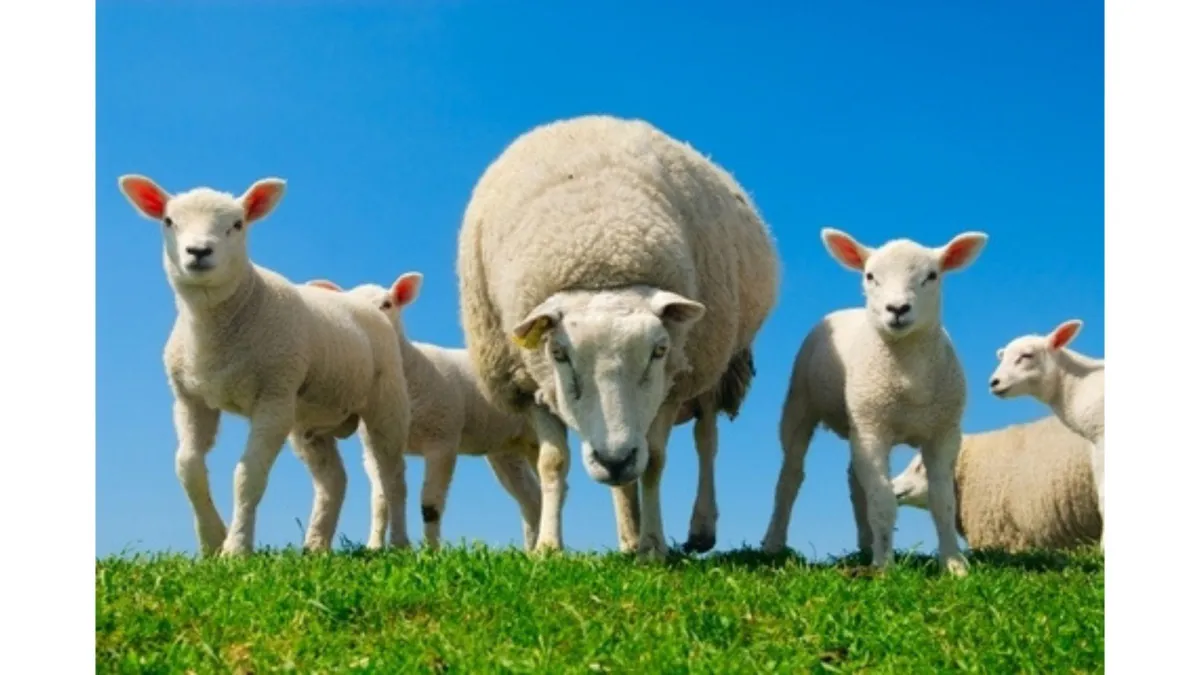
Acetonaemia (ketosis)
Acetonaemia is a metabolic disease that affects both cows and ewes, though it goes by different names depending on the species. In cows, it’s usually called ketosis. In ewes, it’s known as sleepy sickness, pregnancy toxaemia or twin lamb disease. Whatever the name, it’s a serious condition that can lead to death if not managed properly.
Ketosis in Cows
Ketosis is most common in high-producing dairy cows during early lactation. It typically affects the best-performing animals, where the energy demand for milk production exceeds the energy provided by feed. In simple terms, the cow is burning more energy than she’s eating.
Signs of Ketosis in Cows
Dullness or depression
Reduced appetite
Drop in milk production
Weight loss
Staggering or aimless wandering
Twitching of the face and ears
Blindness
Recumbency and coma
Death within a few days if untreated
Sometimes the only signs are a lower milk yield and gradual loss of condition, which makes early detection more difficult.
Sleepy Sickness in Ewes
In sheep, this condition is commonly called sleepy sickness, pregnancy toxaemia or twin lamb disease. It is the most frequent metabolic disorder in ewes and usually occurs in the final weeks of pregnancy.
Ewes carrying twins or triplets are especially at risk, as are animals in very poor or very fat condition. The underlying cause is usually underfeeding, or a sudden reduction in food intake, at a time when energy needs are rapidly increasing.
Risk Factors
Multiple lambs
Poor weather with inadequate shelter
Sudden feed changes or disruptions
Poor body condition (too thin or too fat)
Signs of Sleepy Sickness
Sluggishness or general lethargy
Loss of appetite
Staggering or aimless walking
Twitching of the ears and face
Blindness
Lying down with the head held up
Coma and death, usually within 2 to 7 days
The onset is usually gradual, unlike other metabolic diseases such as milk fever.
Diagnosis
Animals affected by acetonaemia excrete ketones in their breath and urine. Ketones have a sweet chemical smell, like nail polish remover, which about half of people can detect.
A vet can measure blood ketone levels to detect problems early, often before clinical signs appear.
Prevention
Prevention depends on consistent and adequate feeding. Cows and ewes should receive increasing levels of energy-dense feed in the weeks before calving or lambing. In many cases, pasture alone is not enough.
Tips include:
Monitoring body condition
Supplementing with grain or concentrates where needed
Providing shelter during poor weather
Avoiding sudden feed changes in late pregnancy
Treatment
Treatment is difficult once signs are obvious, particularly if the animal has been underfed for some time. In these cases, liver damage may already be present.
Oral energy supplements (sometimes with added electrolytes) can help, but only if given early. Always contact your vet as soon as signs appear.
Want to avoid common mistakes with livestock health?
Our What You Need to Know Before You Keep Livestock courses give lifestyle farmers the confidence to care for animals through all stages of life.

